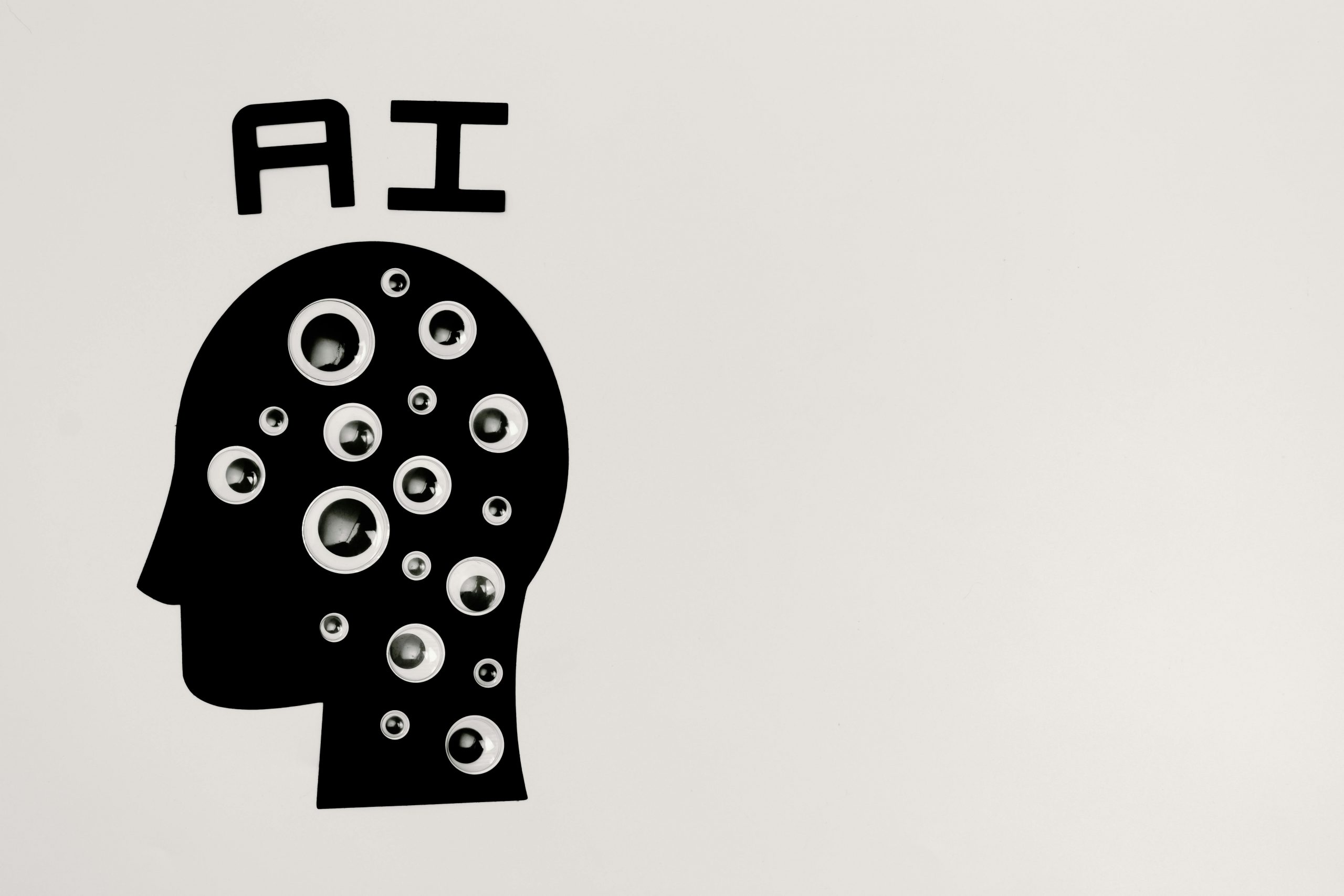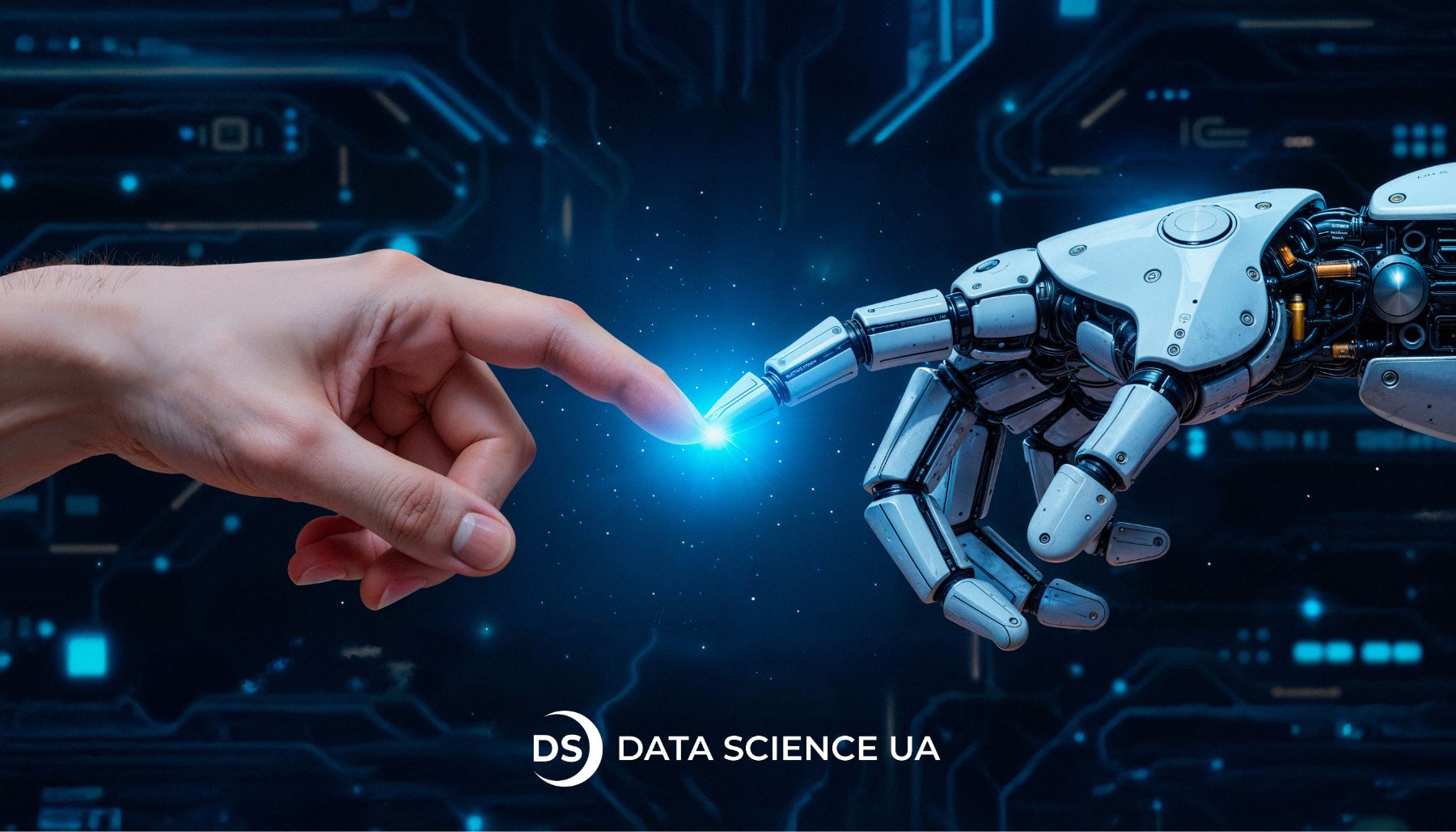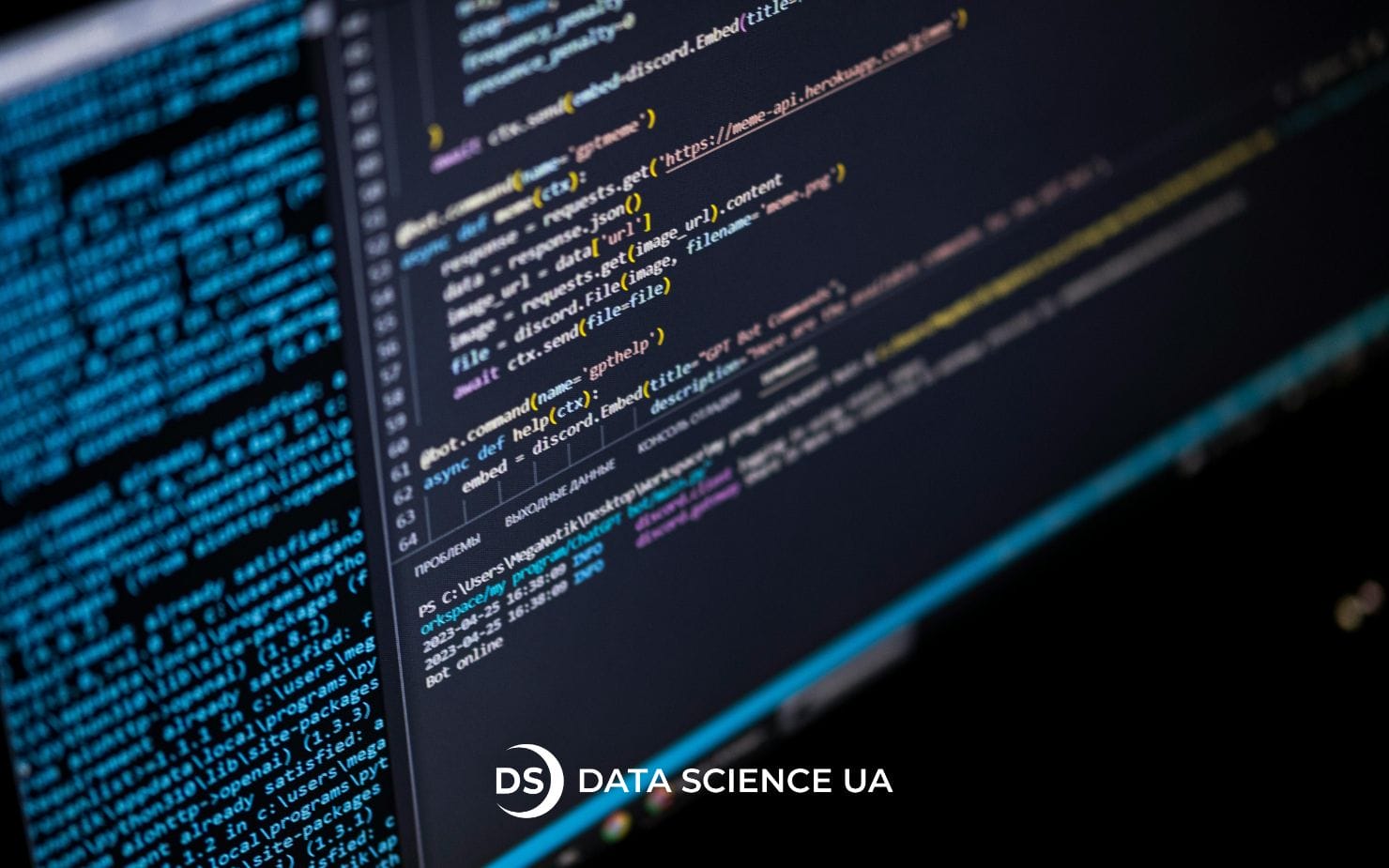How much does AI cost: Factors and budgeting
AI agent development company is remaking business processes, decision-making, and innovation. By the way, organizations must be able to understand the AI cost before they implement it into their strategy. This article examines various things: how much does AI cost, the benefits of AI, how much it costs to maintain AI, how much AI maintenance can cost, methods to mitigate expenses, and trends shaping the future of AI. So, let us check how much does AI cost to develop?
AI development pricing explanation
Certain AI initiatives can be started with modest investments — from a few thousand dollars — particularly when working with off-the-shelf models, open-source codebases, or creating for a narrowly scoped task. How much does AI cost largely depends on the project’s complexity, the technology used, and the specific needs of the organization.
Preliminary estimates
To put this into perspective, basic artificial intelligence cost estimation, like chatbots, can generally range from $5,000 to $50,000. Find out about it here: custom chatbot development services. Meanwhile, more complex systems, such as predictive analytics platforms or autonomous systems, artificial intelligence cost anywhere from $100,000 to several million dollars. In contrast, on-premises deployments usually require many infrastructure changes and extra configuration, hence increasing cost of implementing AI. Understanding these figures is essential for effective budgeting and planning. For anyone asking how much does AI cost, these estimates provide a good starting point for budget considerations.
 Image from Pexels (source)
Image from Pexels (source)
Key elements that affect AI development pricing
Several key factors can influence the total cost of implementing AI with the help of AI development company. How much does it cost to develop artificial intelligence? Here are the most significant elements to consider:
Project complexity and scope
The complexity of the AI project is one of the greatest determinants of the overall AI cost. Simpler projects, like creating a basic chatbot for customer service, typically require less investment. These types of projects focus on basic nlp services and utilize predefined responses to common queries, often needing less complex technology and smaller datasets. It results in a relatively lower cost of AI technology associated with data collection and processing.
In contrast, more complex projects—such as a machine learning model designed to forecast customer purchasing behavior—require a much deeper level of investment. Such projects involve extensive data processing capacity, advanced algorithms, and continuous updates to maintain accuracy and relevance. The intricate data analysis and integration of diverse data sources significantly increase complexity and, consequently, AI cost. Complex projects also take longer to develop, further contributing to higher expenses across the board.
| Project complexity | Scope | Data requirements | Model complexity | Costs | Examples |
| Low | Narrow (single tasks) | Small structured datasets | Linear regression, decision trees | $5K-$20K | FAQ chatbots, rule-based recommendations |
| Medium | Medium (multiple tasks) | Medium-sized, partially unstructured data | Neural networks, ensemble methods (Random Forest, XGBoost) | $20K-$100K | Sales analysis, demand forecasting, image processing |
| High | Broad (end-to-end AI) | Large-scale, unstructured, multimodal data | Deep neural networks (CNN, Transformer, LLM | $100K+-$1M+ | Generative AI, autonomous systems, complex NLP tasks |
Requirements of data collection and processing
AI systems fundamentally rely on data, and how much does it cost to make an AI related to collecting and processing this data can be substantial. For instance, developing models for medical diagnosis necessitates high-quality datasets, which may require purchasing data from vendors or collaborating with healthcare facilities. This data acquisition and preprocessing can easily cost tens of thousands of dollars, highlighting the essential need for high-quality input to ensure effective AI performance.
The collection of customer behavior data in retail analytics involves gathering information from various sources, including social media interactions, purchase history, and website analytics. This process demands robust data processing capabilities to effectively clean, analyze, and interpret the data. As the scope of data collection expands, so does the cost of implementing artificial intelligence. Therefore, organizations must budget accordingly for these essential needs.
Hardware and cloud infrastructure requirements
The cost of AI projects can escalate significantly due to the computational power required. Organizations can choose between on-premises solutions or cloud infrastructure, each with distinct financial implications. On-premises solutions typically involve substantial upfront investments in high-performance servers equipped with powerful Graphics Processing Units (GPUs) for training deep-learning models. This cost of AI can reach hundreds of thousands of dollars, depending on the scale and specifications of the hardware needed.
Alternatively, leveraging cloud services like AWS, Google Cloud, or Azure offers a flexible pricing model based on actual usage. Cloud solutions can be more cost-effective for certain organizations, particularly those requiring scalability, but they can also incur higher costs over time as usage grows. The choice between on-premises and cloud infrastructure and how much does ai cost to make it, will depend on the organization’s specific requirements and long-term strategic goals.
Expertise of development team
The qualifications and experience of the development team are crucial factors that can significantly impact costs. Hiring experienced data scientists with proven expertise in AI and machine learning typically involves higher salaries. However, this investment can lead to more effective solutions and faster project completion, ultimately providing better value for the money spent.
Conversely, opting for less experienced developers may reduce initial costs but could result in longer development times and potentially suboptimal solutions. It can lead to increased costs later on, as additional resources may be needed to address issues or enhance the solution. Therefore, companies must consider the balance between immediate savings and the potential for long-term efficiencies when selecting their development team.

Image from Pexels (source)
System integration and deployment requirements
Integrating AI solutions with existing systems can present significant challenges and incur extra costs. The complexity of integration is critical in determining the total costs. For example, if an AI application must seamlessly interact with an enterprise resource planning (ERP) system, the integration process can become complex. It may involve developing custom APIs and middleware, which can substantially increase development costs.
Deployment scenarios also influence expenses. Typically, deploying AI solutions in cloud environments simplifies integration, as many ready-to-use tools and image processing services are available. In contrast, on-premises deployments often necessitate extensive infrastructure modifications and additional configuration, leading to higher costs.
Ongoing Maintenance and Support
Once an AI model is deployed, it requires continuing maintenance and support to ensure that it works optimally. It has to be updated regularly to make sure that the model remains current with new data and changing conditions in the operational environment. This ongoing requirement for updates incurs additional costs that should be considered in the overall budget.
Similarly, operational costs will increase further due to a dedicated support team that will monitor the AI system. This team would be responsible for monitoring system performance, locating and fixing issues, and making changes as needed over time. How much does ai software cost with ongoing support can, therefore, be quite varied and in the level of expertise required, so it is very important that an organization budgets for such expenses upfront.
Regulatory Compliance Considerations
The cost of compliance with industry regulations might also add up substantially to the AI implementing cost. In some areas, such as healthcare, there are very strict data privacy and security regulations, like HIPAA in the United States. Such requirements would need additional resources: investment in secure ways of storing data, periodic audits, or even strong encryption methods for the protection of this sensitive information. Similarly, financial institutions have to follow strict regulations that consider data handling and algorithm transparency. Indeed, the need for compliance makes development efforts more difficult, because organizations need to make sure that their AI systems provide effective solutions and at the same time remain cognizant of the legal standards.
AI cost ranges by industry
The cost of AI implementation varies significantly based on industry-specific needs, data complexity, and scalability requirements. As businesses embark on incorporating AI technologies, it is essential to consider the cost factors. An overview of AI adoption in different industries follows, highlighting what organizations should be prepared to pay and providing real-world examples.
AI in banking: Security & fraud detection at scale
Financial institutions heavily rely on AI to enhance security measures, detect fraud, automate compliance processes, and improve customer experiences. For instance, AI-powered chatbots can handle customer inquiries 24/7, while risk assessment models analyze transaction data to identify suspicious activities. Anti-money laundering (AML) systems utilize machine learning algorithms to scrutinize large volumes of data for compliance.
Implementing these AI solutions can require significant investment in technology and infrastructure. Basic chatbot platforms may start at several thousand dollars, while complete fraud detection systems can range from hundreds of thousands, depending on size and complexity, more about it in our recent artificial intelligence in banking case study.
AI in retail: Hyper-personalization & demand forecasting
Retailers are also using AI to create hyper-personalized shopping experiences, optimize inventories, and predict consumer trends. For example, recommendation engines like those used by Amazon learn user behavior and suggest products, while automated pricing systems automatically adjust AI software price in real time based on market conditions.
Artificial intelligence and retail adoption can range from low-cost software-as-a-service (SaaS) offerings to custom enterprise-grade solutions. A simple recommendation engine might be implemented for $10,000, whereas more comprehensive inventory management systems can cost upwards of six figures.
AI in logistics: Automation & route optimization
Artificial Intelligence in logistics includes real time shipment monitoring, automation of warehouses, and optimization of delivery routes. For instance, AI-based demand forecasting tools anticipate shipping needs based on past trends, whereas autonomous vehicles are being tested for last-mile delivery.
The investment in such technologies can be expensive. While basic logistics software may start at $5,000, a comprehensive AI-enabled logistics solution with IoT devices and data integration may exceed $250,000.
AI in manufacturing: Predictive maintenance & smart factories manufacturing
AI-driven automation and predictive maintenance are changing manufacturing processes. Smart factories, for example, utilize IoT sensors to monitor equipment health and foresee failures before they happen, enabling manufacturers to reduce downtime significantly.
AI solutions for manufacturing typically involve investments in IoT connectivity and edge computing. Basic predictive maintenance solutions can start at approximately $20,000, while comprehensive factory automation solutions may exceed $1 million.
AI in agriculture: Smart farming & precise analytics
AI-based drones track crops, identifying early signs of disease and optimizing fertilizer application. Weather forecasting through AI enables farmers to make knowledgeable decisions about planting and harvesting, reducing waste and increasing yield. Auto-irrigation systems measure soil moisture content and control water distribution, increasing efficiency and sustainability. AI-based cattle monitoring systems track animal health and optimize feeding schedules.
The cost label for implementing AI in agriculture can also be significantly different based on the level of automation and intelligence required. Basic remote sensing technology, i.e., AI-enabled drones for crop health monitoring, can be fitted for under $5,000. Mid-level applications, such as automated irrigation and pest detection using AI, range from $20,000 to $100,000. Advanced autonomous farm equipment, such as autonomous tractors and robot harvesters, hundreds of thousands of dollars, and business solutions over $1 million.
 Image from Pexels (source)
Image from Pexels (source)
Benefits of adopting AI for your Business
The investment in AI has considerable benefits for the organization in areas such as more appropriate data-driven decision-making, increased speeds of automation, higher levels of personalization for customers, and competitive differentiation.
Improved data-informed decision making
AI therefore actually empowers businesses to analyze data more efficiently and make better decisions. For instance, predictive analytics might provide companies with the ability to forecast sales trends and, if necessary, adjust strategies with the view of maximizing profitability.
Accelerated automation for productivity
AI can carry out such tasks much faster, freeing human resources for other pursuits that are more strategic. This increases productivity and reduces the AI implementation cost. For example, automating invoice processing could save a lot of time and money for any company.
More personalization for customers
AI enables companies to offer personalized experiences to their customers. Recommendation systems in e-commerce might suggest products in line with the likings and behavior of a particular customer, hence increasing their satisfaction and loyalty.
Competitive differentiation
AI could emerge as a game changer in implementation. Organizations that can deploy AI technologies can innovate faster and effectively respond to changes in the market, giving them an edge over their rivals.
Cost savings
The reason why AI solutions unlock the potential of economies is because of increased efficiency and automation. For example, AI-driven customer service chatbots address questions without requiring large human resources, thus reducing costs of operations drastically.
24/7 operational capabilities
AI systems can function continuously, allowing businesses to offer services around the clock. This is particularly beneficial for customer support and monitoring systems, ensuring that companies remain accessible to their customers at all times.
Strategies for successful implementation of AI
With that in mind, consider the following tips to make the most out of AI:
Communication and clear requirements
The clear communication of the requirement of a project among stakeholders is what makes any successful AI project important. It should be made crystal clear right from the beginning about what needs to be delivered and by whom. Workshops or brainstorming sessions help with the clarity of vision and expectations.
Strong collaboration with regular check-in
Frequent collaboration allows teams to identify challenges early and keep the project on track. Regular check-ins facilitate necessary adjustments. Utilizing collaborative tools like Slack or Trello can enhance team coordination.
Agile project management and clear contracts
Agile methodologies allow for flexibility in managing the project. Clear contracts allow for thorough expectation setting and definition of deliverables that minimize misunderstandings. Similarly, setting sprints and milestones will keep the momentum going and ensure accountability.
How to cut AI development costs
While AI development cost can be significant, several strategies can help minimize expenses:
Lean development techniques
Following lean methodologies will enable one to cut down on unnecessary processes and waste-reducing costs in the process. Value stream mapping gives insight into all activities that add no value and hence helps channel resources where they are truly needed.
Pre-trained AI models usage
Many frameworks provide access to models that can be fine-tuned for specific applications. For example, using models like BERT for NLP tasks can considerably shorten development time.
Opt for remote AI talent
On one side, it could help reduce some of the overhead costs of AI associated with local talent and office space. In most cases, platforms like Upwork and Toptal are offering connections to competent freelancers around the world for lower rates.
Apply agile development methods
Agile practices further allow quicker adaptations to changing requirements and, therefore, a reduction of costs associated with project delays. Regular iterations enable early feedback and thus quicker adjustments to keep the project in line with business needs.
Outsource specialized tasks as needed
The fact is that outsourcing some of the tasks among specialists may be cheaper than keeping the in-house teams for each aspect related to the AI development cost. In cooperation with professional AI firms, the training of models may lead to finding cost-effective solutions.
Use microservices and reusable modules
This microservice architecture design allows for much greater flexibility and reuse of components, which could potentially cut down development time and costs. This modular approach will enable teams to focus on individual functions and take away the need to reinvent the wheel for functions already developed.
Establish a continuous integration/Continuous deployment pipeline
A CI/CD pipeline automates the testing and deployment, hence saving manual efforts and speeding up the development.
 Image from Pexels (source)
Image from Pexels (source)
AI development trends to watch
As AI technology evolves, several trends are emerging that could influence future AI development cost and practices:
Reduced hardware costs
In the future, the AI software development cost of the required hardware to develop AI – especially for model training-should go down as technology improves and gets more widespread. This may make AI projects more accessible to smaller businesses.
Increasing adoption of AI across industries
With more use of AI, the potential of AI is realized by more and more industries, which again intensifies competition and innovation. While more companies are adopting AI, it follows that resource and tool availability is also likely to improve with time, probably reducing the AI development cost.
Better tools for measuring ROI
As companies invest more in AI, tooling for measuring return on investment will get better. In addition, improved data analytics services will enable organizations to justify their spending and understand what AI does to their operations.
Broader access to AI technologies
The solution space of AI technologies is increasing, and accessibility to solutions for an organization of any size is becoming easier. AI cloud services democratize access, enabling small businesses to solve problems with sophisticated capabilities without huge upfront investments.
Higher emphasis on ethics in AI and laws
While the rise in AI adoption is on a continuous growth path, increasing importance is being attached to ethical issues and regulatory compliance. Indeed, it will challenge companies to balance innovation with responsible best practices, probably affecting strategies and AI development costs.
Final thoughts
Estimation of the cost of artificial intelligence is an essential exercise for any business that is ready to adopt these transformational technologies. Knowledge of project complexity, data requirements, team expertise, and how much does it cost to build an AI system will provide organizations with efficient budgeting for their AI initiatives. Companies, when appropriately approached, can actually bring down the AI implementation costs while enhancing these benefits that emanate from AI on efficiency, better decision-making, and competitive differentiators.
FAQ
How much does a simple AI model cost versus a complicated one?
The AI software cost can vary significantly. The simple cost of developing AI can be anything from a few thousand dollars up to tens of thousands, whereas the high-end ones that involve complex algorithms and large data may reach as high as hundreds of thousands of dollars.
What are some of the more hidden costs of developing AIs?
Artificial intelligence cost estimation may include data acquisition expenses, ongoing maintenance costs, integration challenges, and compliance with regulatory requirements, all of which can accumulate rapidly.
What are the average training and testing costs for AI models?
Artificial intelligence costs depend directly on the model’s complexity and the size of the data. On average, how much does artificial intelligence cost can range from several thousand to tens of thousands of dollars with the use of cloud computing.





